[embedyt] https://www.youtube.com/watch?v=59NlocXNZz4[/embedyt]
100+ year old Abandoned Chedoke Hospital Hamilton
Consisting of several buildings all connected by a system of underground tunnels, the Abandoned Chedoke Hospital in Hamilton dates back to world war 1 and the days of Tuberculosis. While at one point in time there were many other buildings, some have since been demolished and sadly these buildings will meet the same fate.I reached out to a former employee of this old hospital and learned that his family has generations of history with this facility.
I asked this individual, who also has a history of exploring, if he would like to accompany me on an explore, help me navigate the buildings and shed some light on the history.
His response was unexpected..
“I haven’t been back since they forced everyone to move to different jobs. It was more than just a place to work for me, I had an emotional investment and I am not sure I would be able to see it as it is now, as it is in your teaser video in person. So I think I must decline your invitation, thank you though for inviting me.
I will however answer any questions you have and when you have your footage let you know what you’re looking at if I remember. I appreciate too that you are documenting it all before it gets demolished.”
He was kind enough to share some thoughts with me on the history and his experience here, you can read about his thoughts and experiences here towards the end of the video, and below.
I hope you enjoy this tour of this old abandoned hospital.
[embedyt] https://www.youtube.com/watch?v=59NlocXNZz4[/embedyt]
“To many this aged collection of buildings that stand in strange contrast to the myriad styles of houses and high rise apartments in the area seems a relic of the past that they can curiously see as they drive by and then quickly forget about.
This facility has been a permanent fixture to those of us in the city for ever. If you grew up here, you have been here, either as a patient in your early years or perhaps as an employee. It was always there.”
“I was 18 when I started my job at this hospital. My Mother was more happy I had gotten the job than I was. I remember her waking me up one morning pounding on my bedroom door and screaming “YOU GOT THE JOB!!!” and she was all happy and me rudely in my selfish 18 year old way said, “awesome” and went back to sleep. It likely took the wind out of her sails.”
“Over the first three years there Mom and I ate together often in the Cafeteria as we worked together and we visited my grandfather often who was a patient, and my Grandmother who was a volunteer there as well. This hospital was turning into my own little family community. I was fine with that. I enjoyed having my family around and I made a lot of friends, This was a very community orientated place. Workers worked together with their supervisors, and when the days were done, we all partied together.”
Exploring the Abandoned Chedoke Childrens Hospital
[embedyt] https://www.youtube.com/watch?v=QNttnz-r0d8[/embedyt]
In 1906 Chedoke Hospital, located on Hamilton’s west mountain, opened as a tuberculosis sanatorium.
In 1932, The Evel Pavilion was built as an addition to Chedoke hospital. The building holds a long history including caring for Inuit children who had been brought south to have tuberculosis treatment.
Fast forward to 1960, when tuberculosis treatment changed and patients no longer required years of bed rest, Chedoke became a general hospital until 2008 when Chedoke was no longer needed as an acute care hospital
It continued to provide complex continuing care and child and family services to residents of Hamilton and the region until 2016 when all services at Chedoke were relocated.
The original 96 acres of land was designated as a healing space for Hamilton area residents suffering from tuberculosis in the early 1900s. What started out as an area to quarantine the sick, grew into a sanatorium with 700 patients and 450 staff at its peak.
This piece of land was chosen to treat the ill due to the circulation patterns of the fresh air. The swirling winds made it easier for patients with restricted lung functionality to breathe.
Along with the fresh air, the beauty of the landscape provided a stillness and access to direct sunlight, two natural wellness properties. Natural elements were the only remedy for TB at that time, and the healing energy of the grounds was thought to be something the patients could tap into.
In the 1940s, antibiotics became available to treat TB. The sanatorium was then used to treat Inuit patients from the area, and beyond. There are Inuit artifacts from that time period displayed at the Hamilton Health Science Building as a reminder of the balance this area brought to so many lives. The sanatorium turned into Chedoke General and Children’s Hospital in 1960.
Over the years, pieces of the land have been sold to fund health-related projects. Most recently, the land was sold to a developer for the purpose of residential development. The hospital buildings have all been demolished to make way for a new community called Chedoke Heights.
Exploring the Hamilton Mountain Sanatorium – 2012
In 1906 the Mountain sanatorium was founded to provide care for people from Hamilton and the surrounding communities who were ill with tuberculosis. The hospital site began on a donated farm far out of town on the escarpment overlooking west Hamilton with two tents and eight patients. Gradually small frame cottages completely open to the weather were built. In time these were replaced with more comfortable and fireproof brick buildings. On Sept. 26, 1916 the Hamilton Health Association agreed to build the Brow Infirmary. The Brow Infirmary was built to treat World War I soldiers suffering from tuberculosis and lungs exposed to poisonous gasses. The location of the infirmary was intended to keep the often rowdy solders away from the other patients and to take advantage of the air breeze that was available on the location. The cost to build the Brow Infirmary was $146,569 which opened on December 5, 1916.
In 1917 East and West pavilions were added for dining rooms, wards and vocational training. The vocational training for soldiers would eventually include weaving, leatherwork, metal work, printing, refinishing furniture, picture framing, basketry and wood working. The Eastern pavilion was enlarged in 1922, 1932 and in 1950 to 1952. In 1923 Mr. Charles S. Wilcox, a member of the Board of Directors donated radio equipment to the sanitarium which allowed them to have their own radio station. At its height, through the 1920s and 1930s, the sanatarium had more than 700 patients and more than 450 staff members.
In 1961 the sanatorium changed its mandate, expanded its services and became a general hospital called the Chedoke General and Children’s Hospital. In 1971 this name was changed to Chedoke Hospitals. In 1979 it amalgamated with the McMaster University Medical Centre to become half of Chedoke-McMaster Hospitals. In 1997 Chedoke-McMaster Hospitals amalgamated with Hamilton Civic Hospitals to form Hamilton Health Sciences.
This building, having sat abandoned and decaying for several years was finally demolished in the summer of 2014.
Abandoned Hamilton Mountain Sanatorium Photo Gallery – 2012
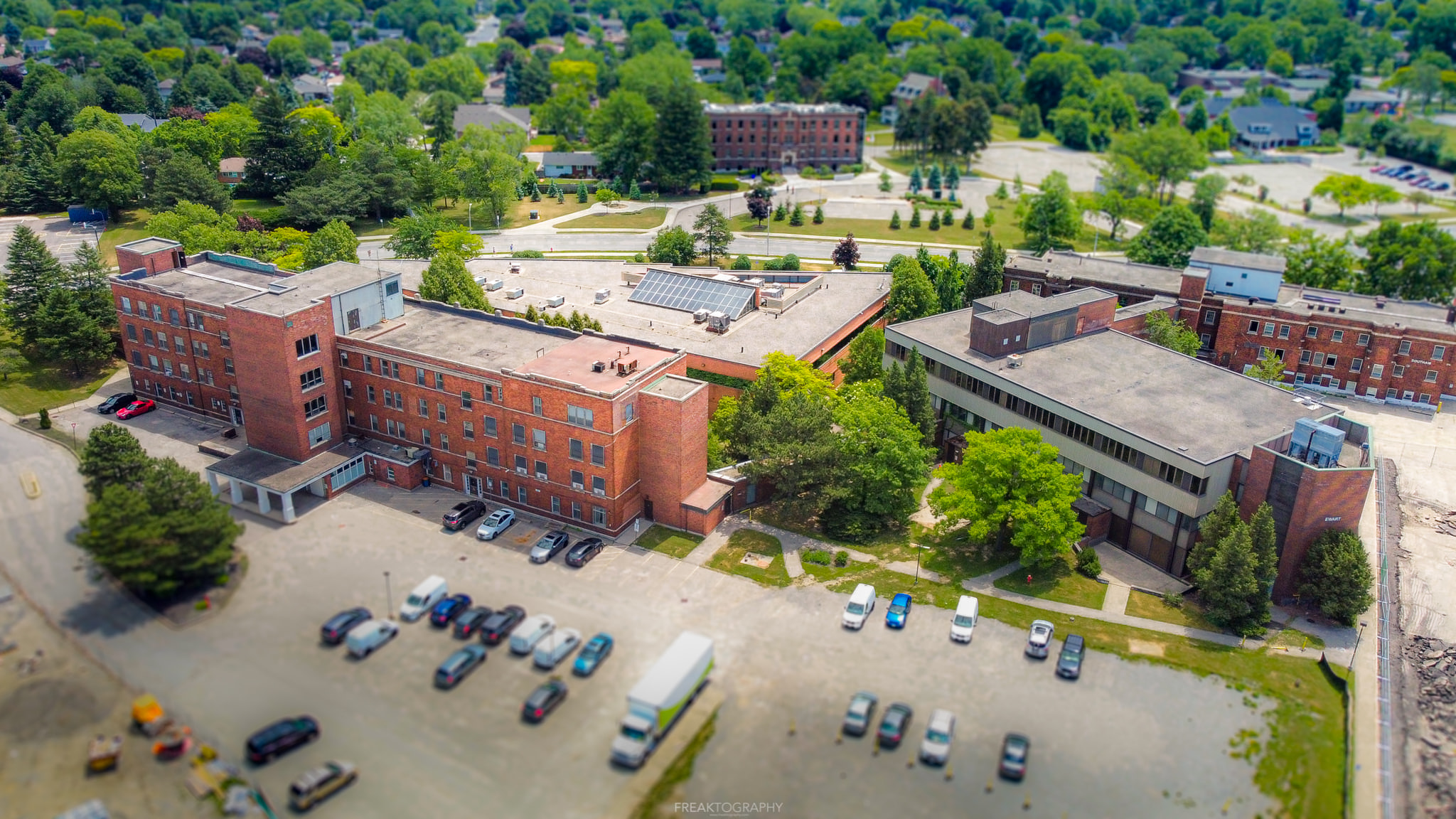
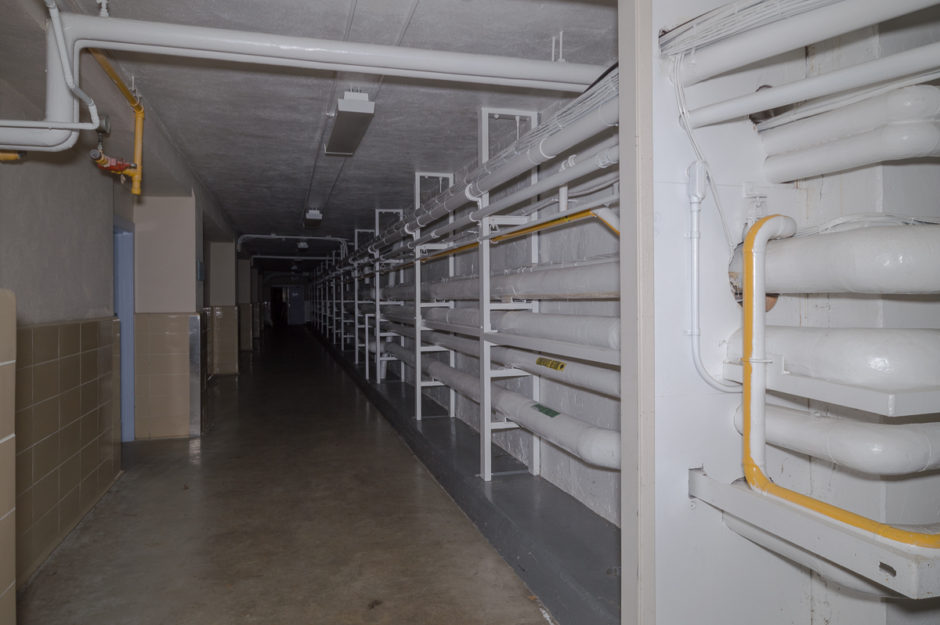
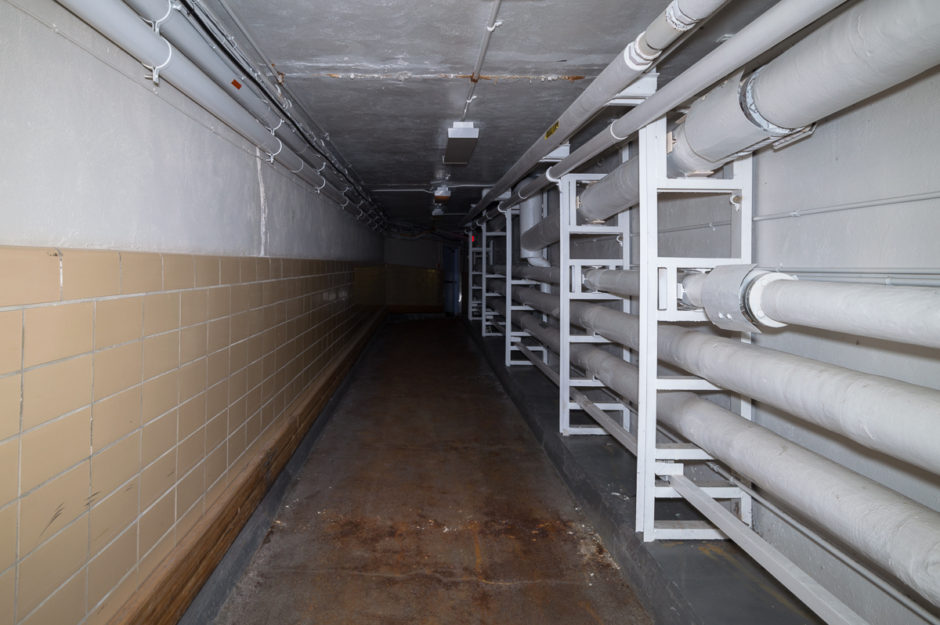

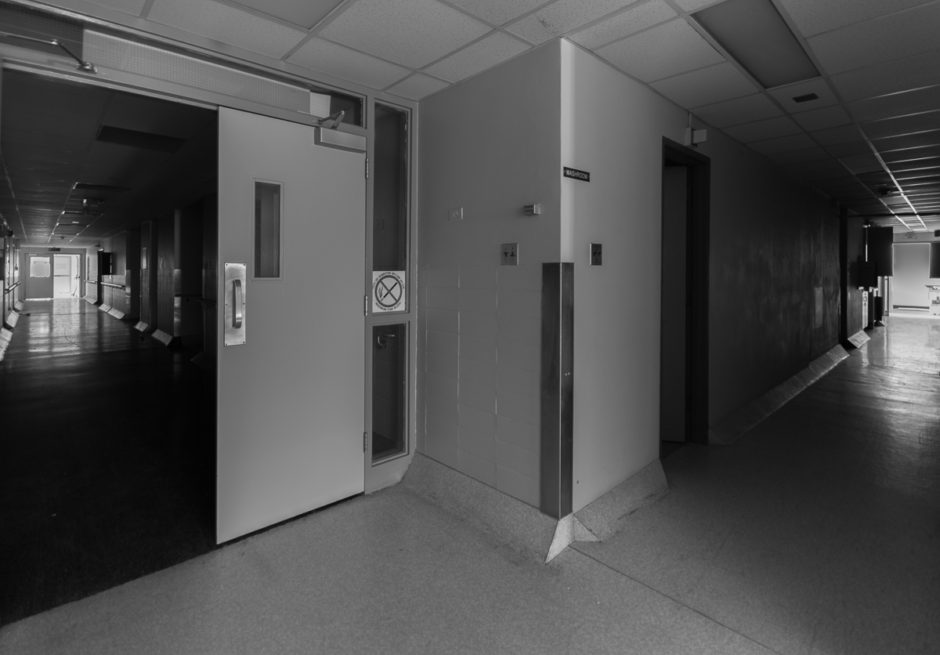
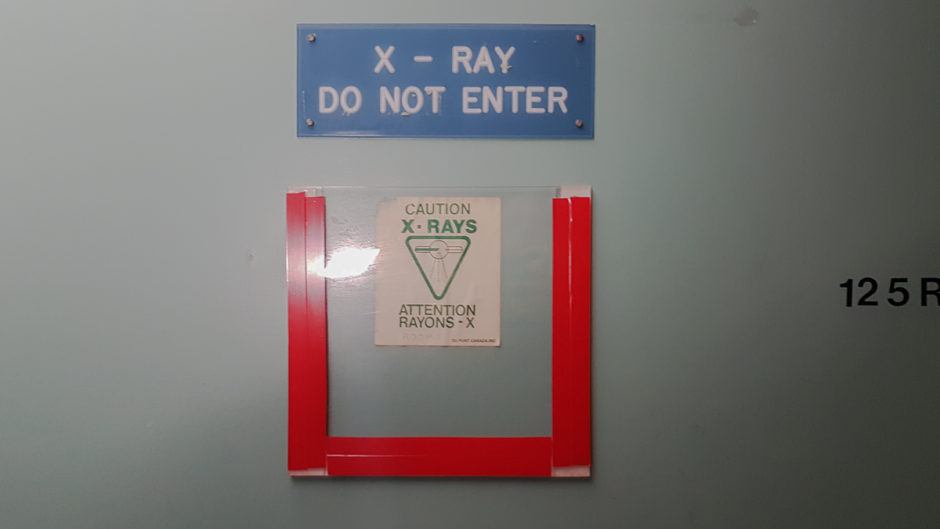
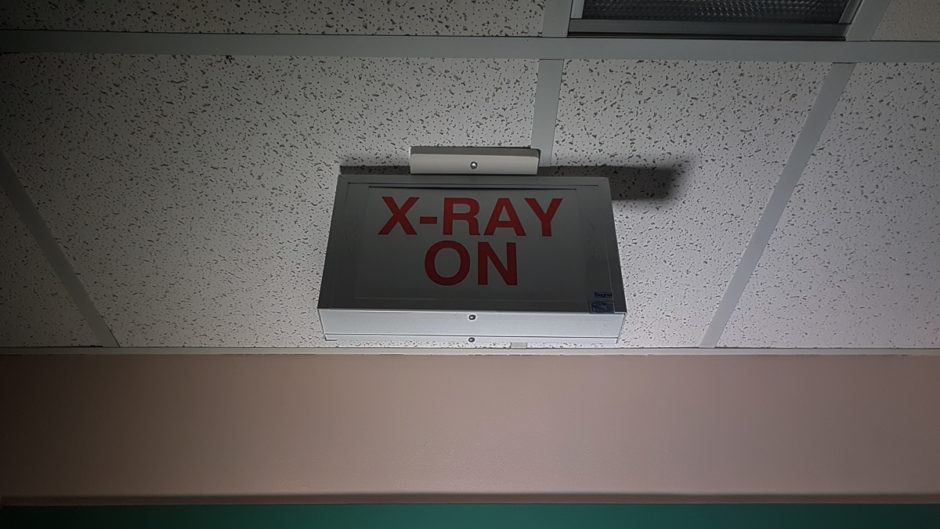
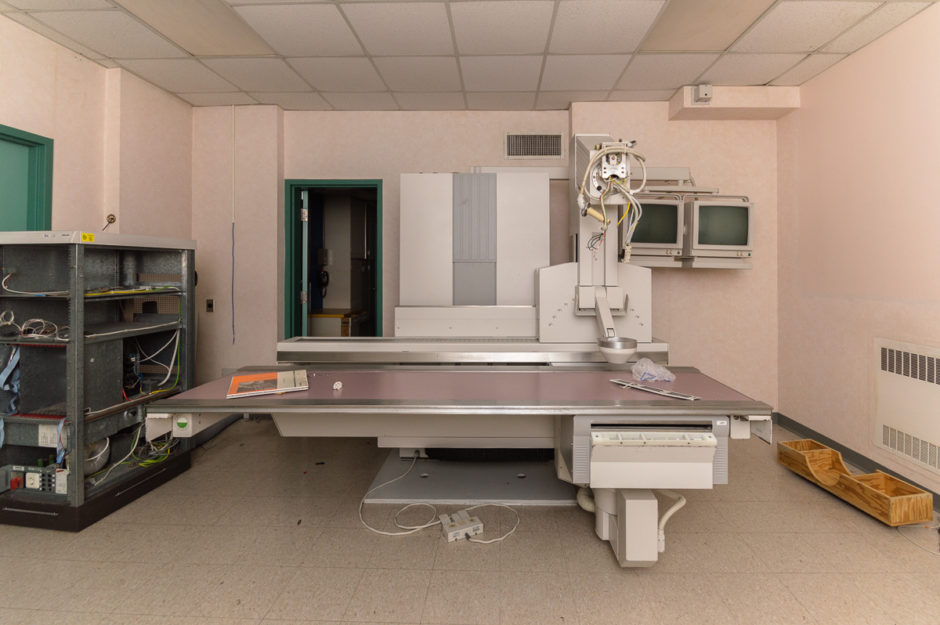
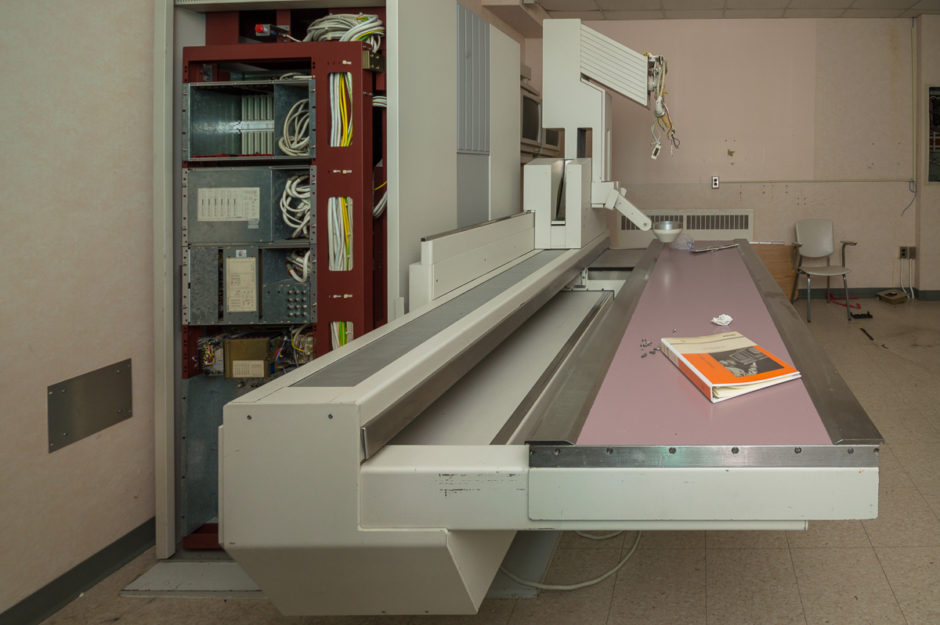
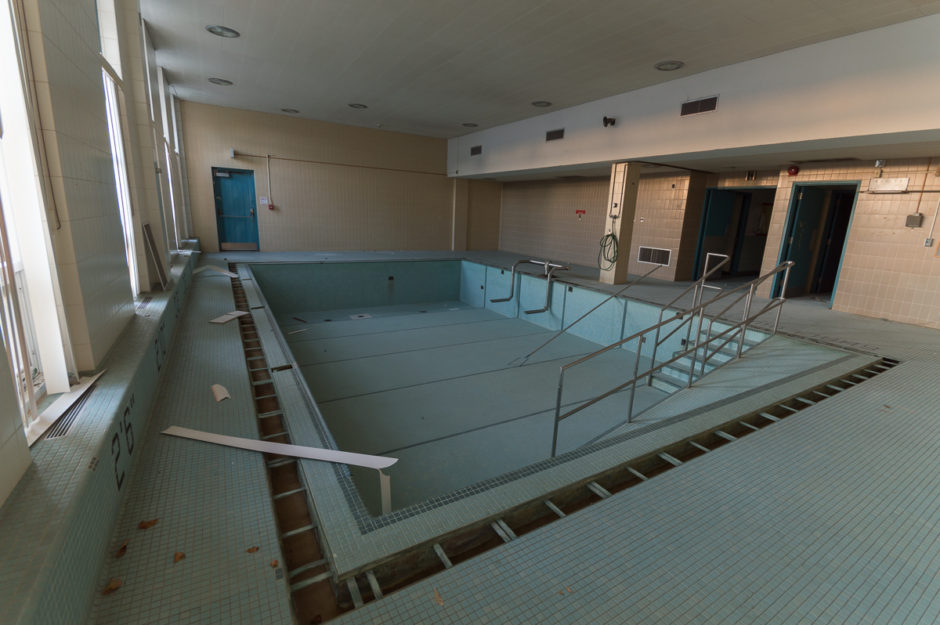
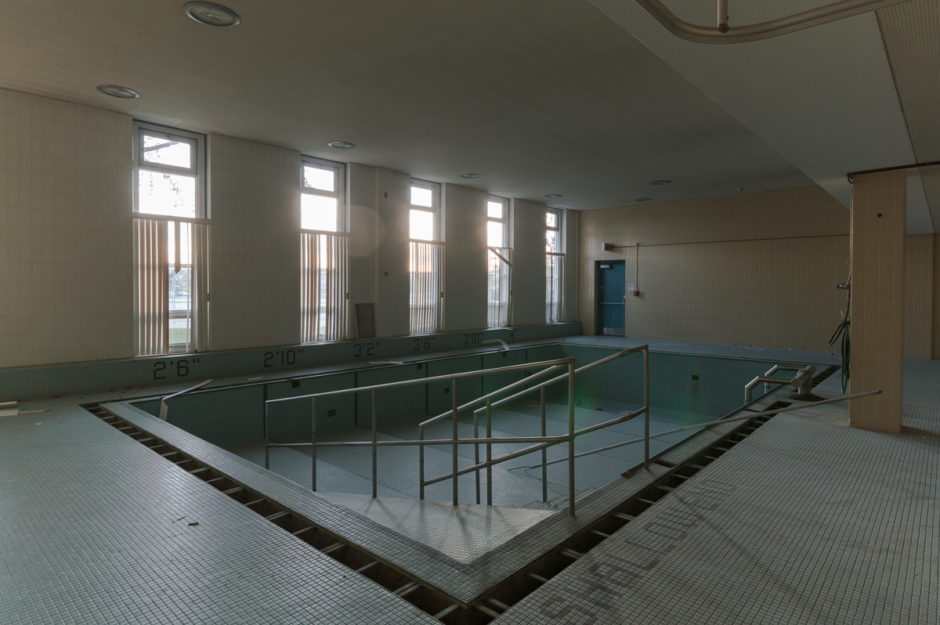
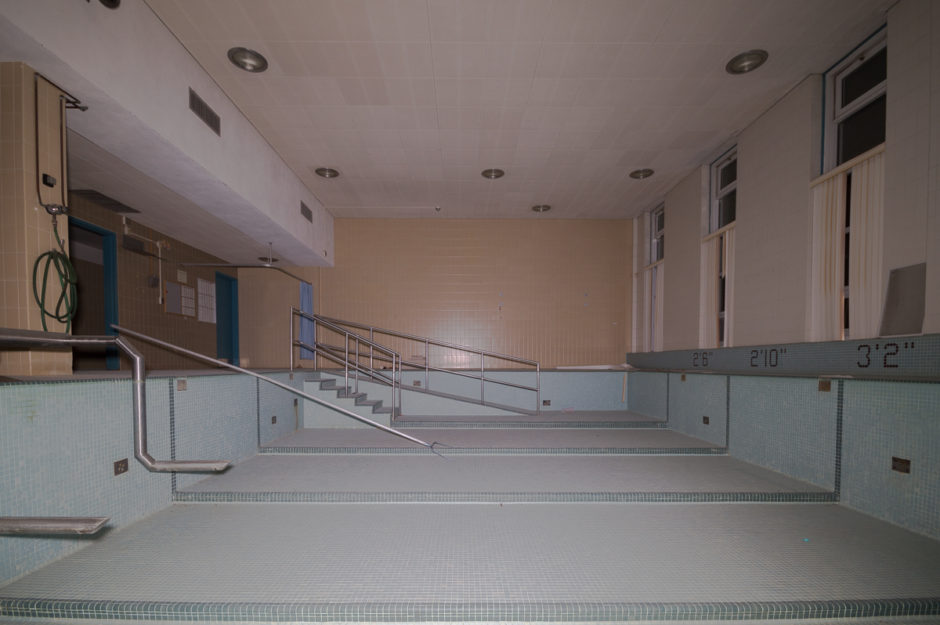
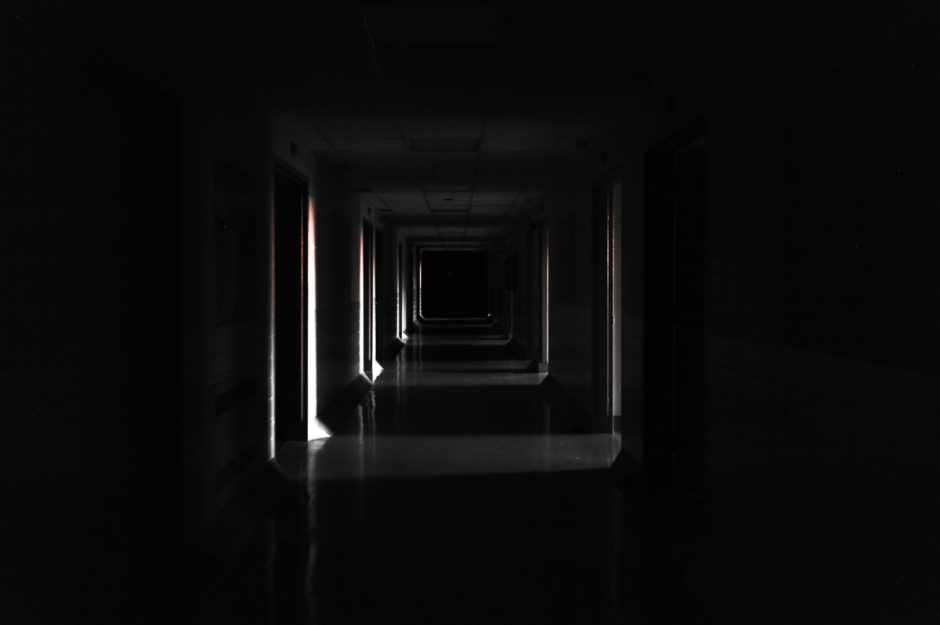
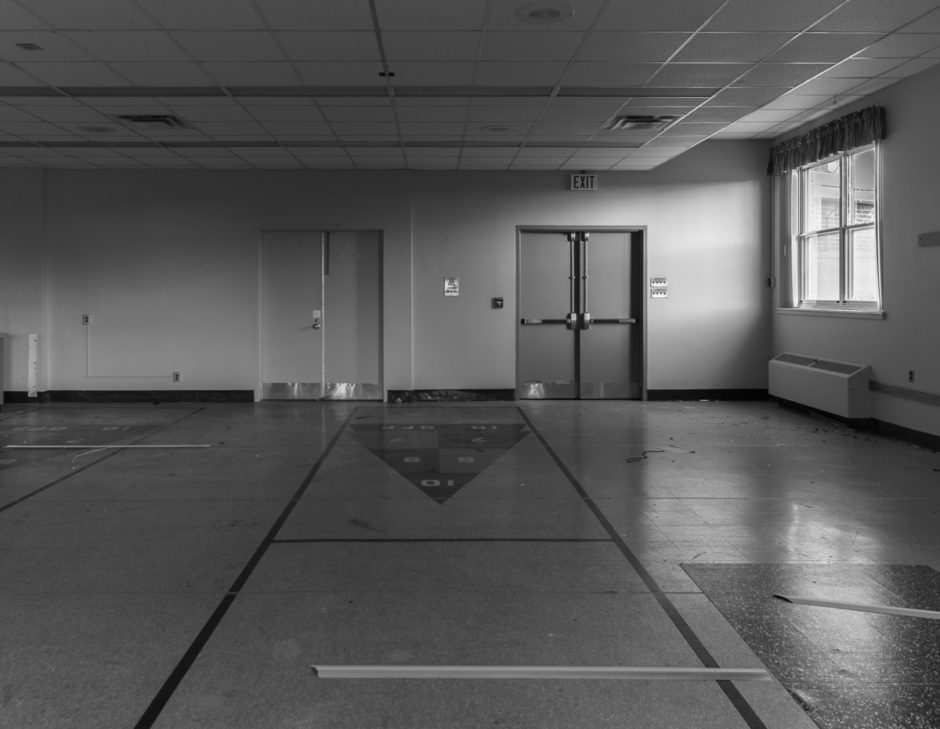


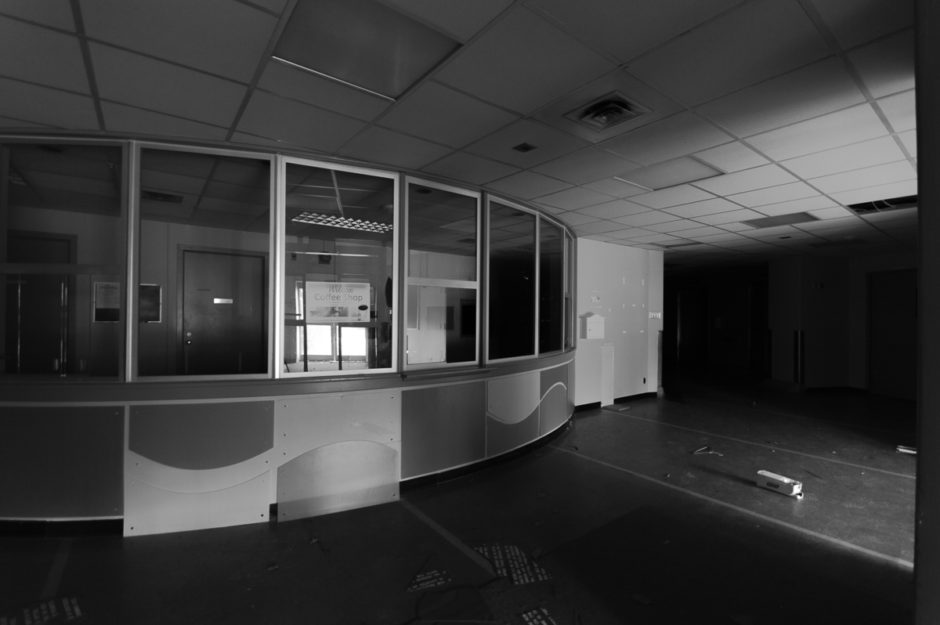
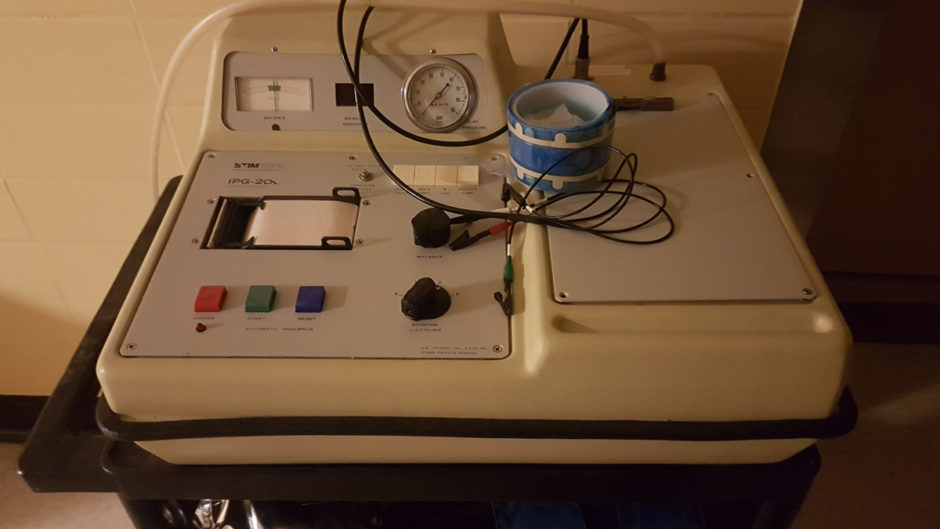
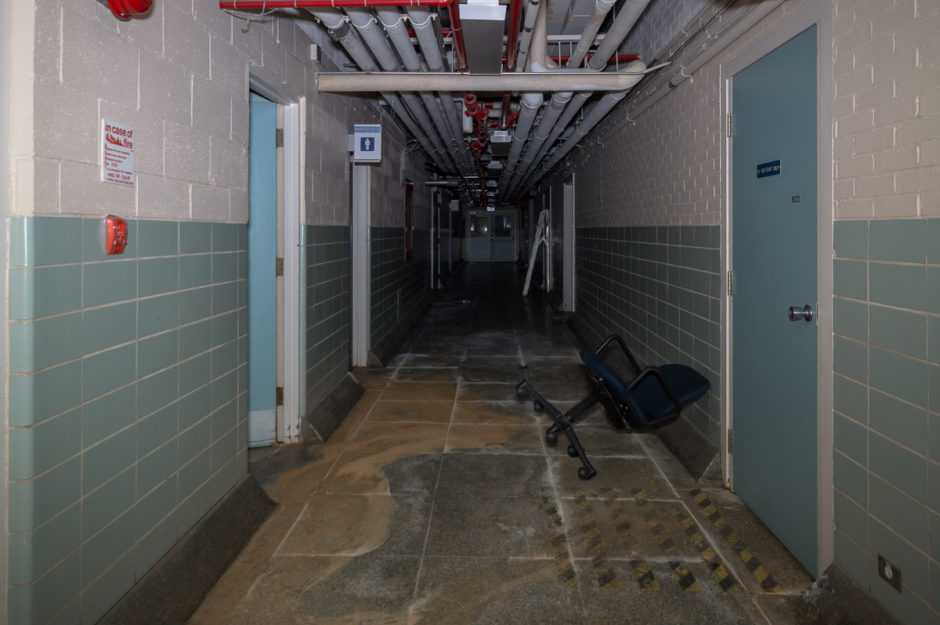
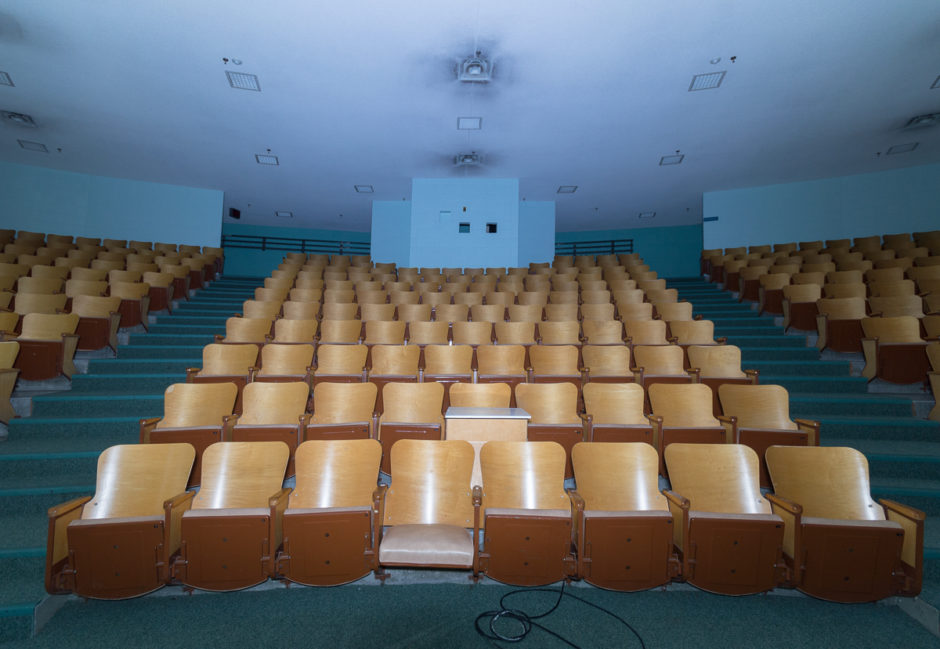
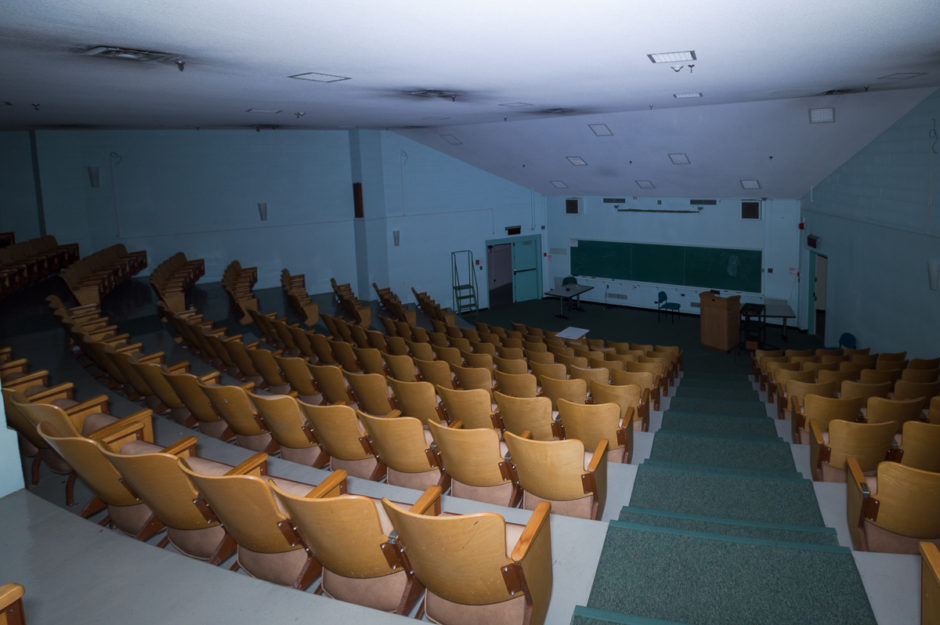
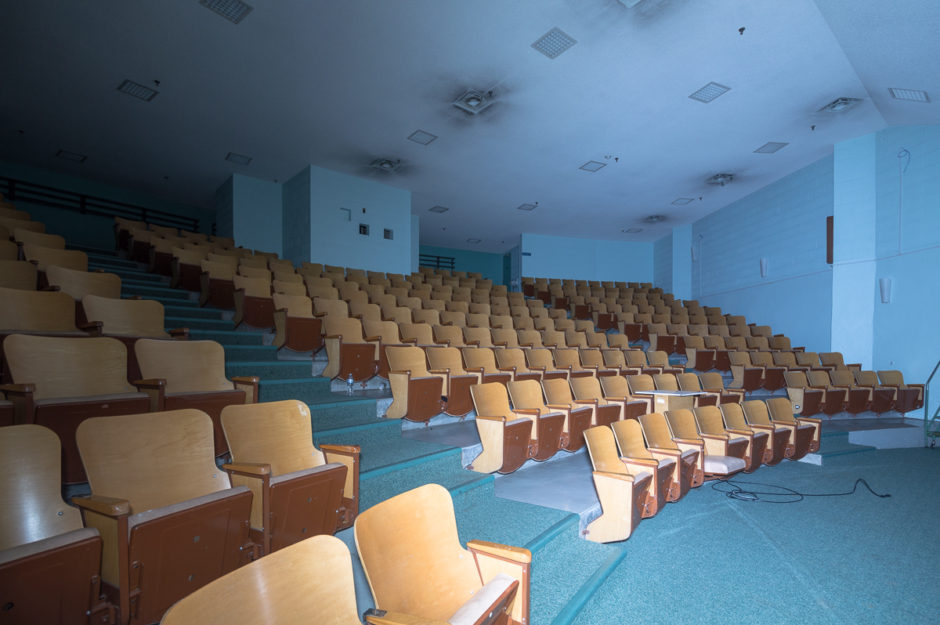
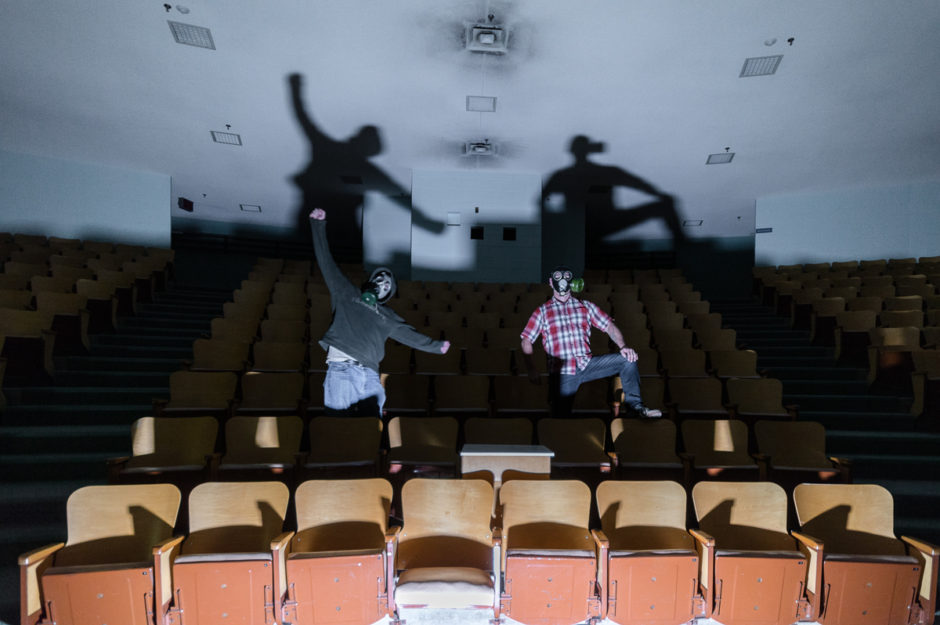
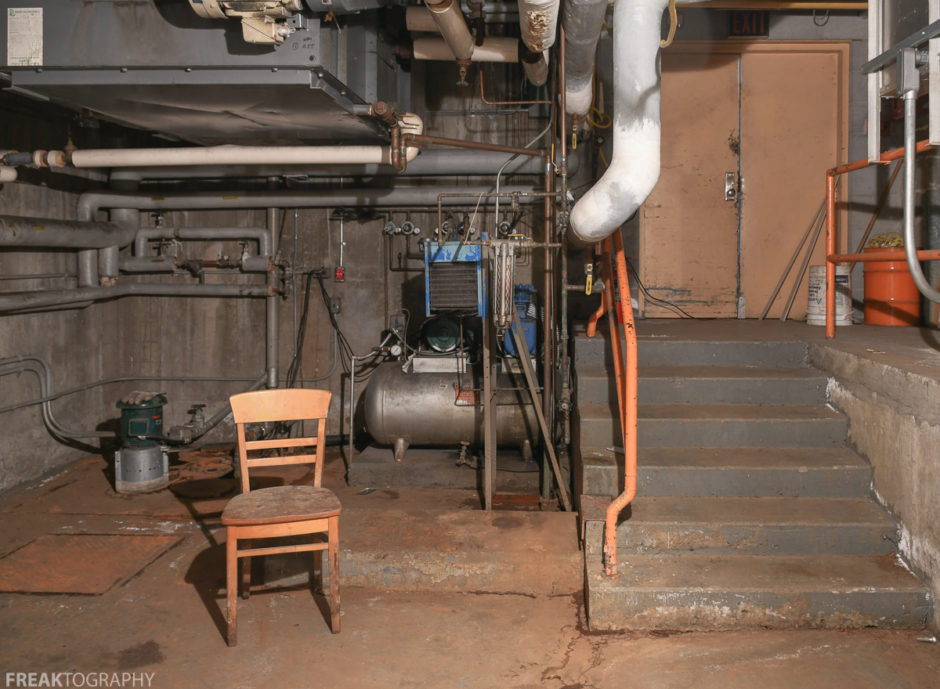
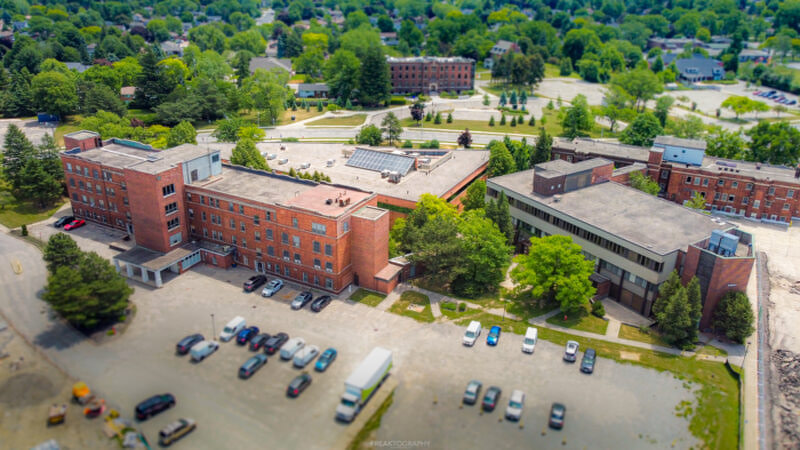
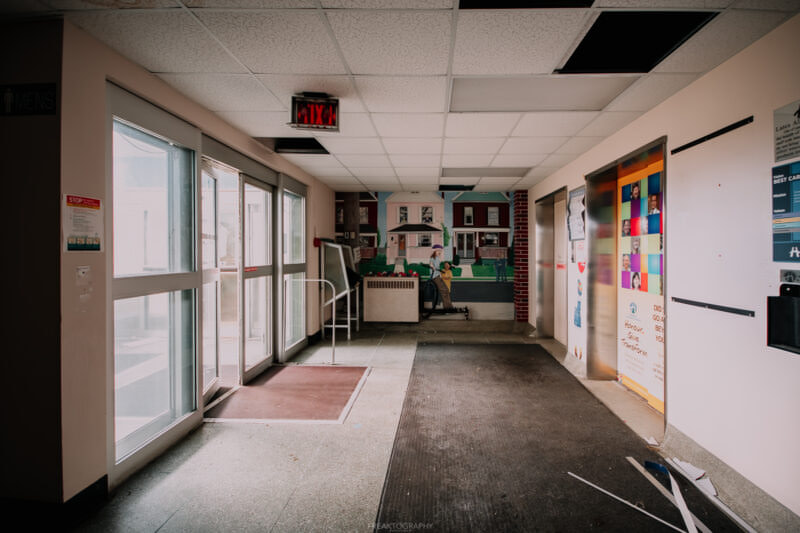
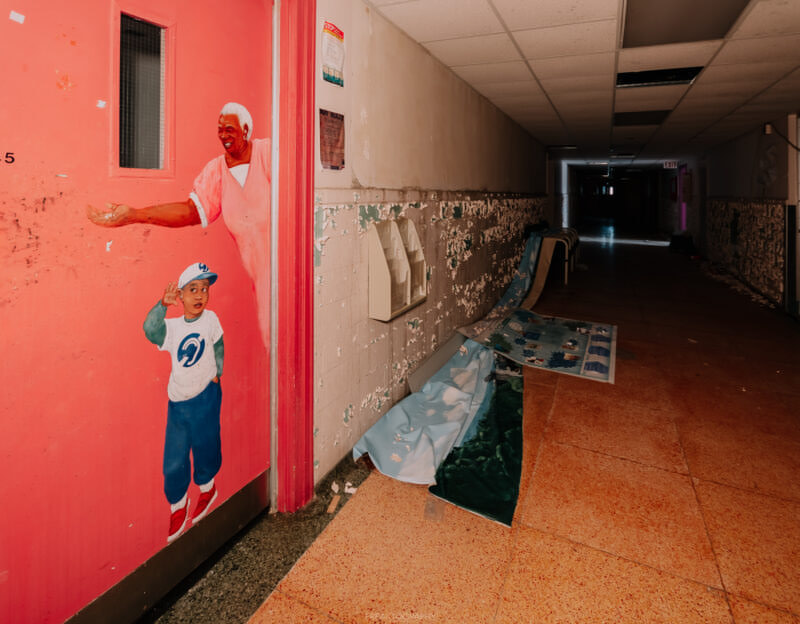
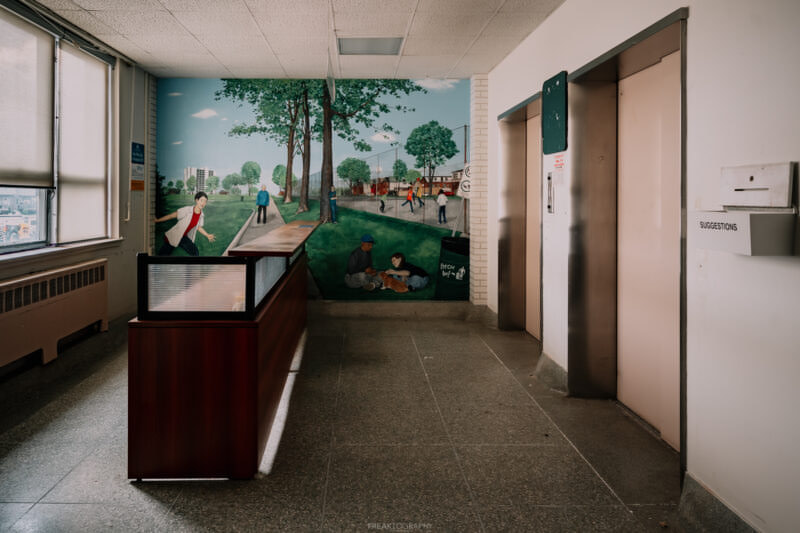
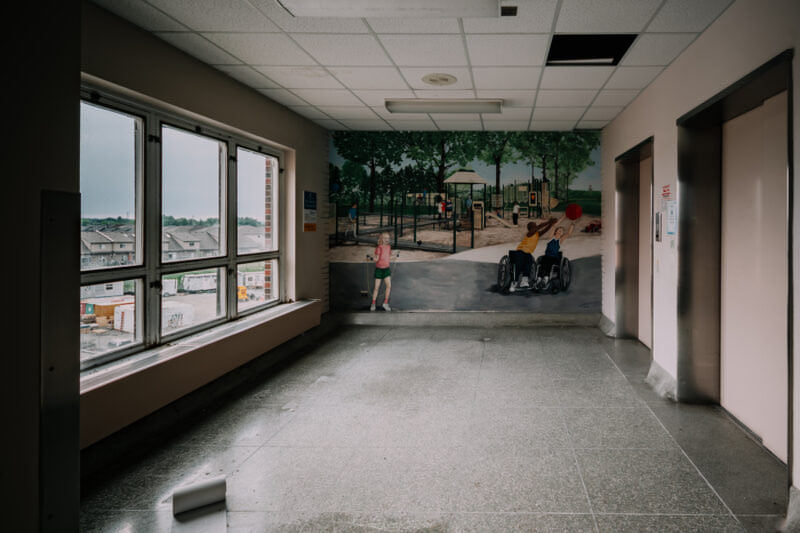

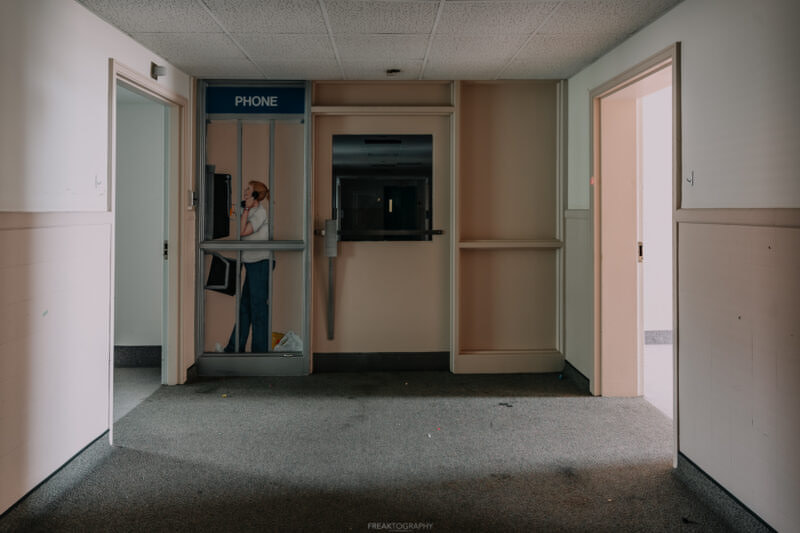
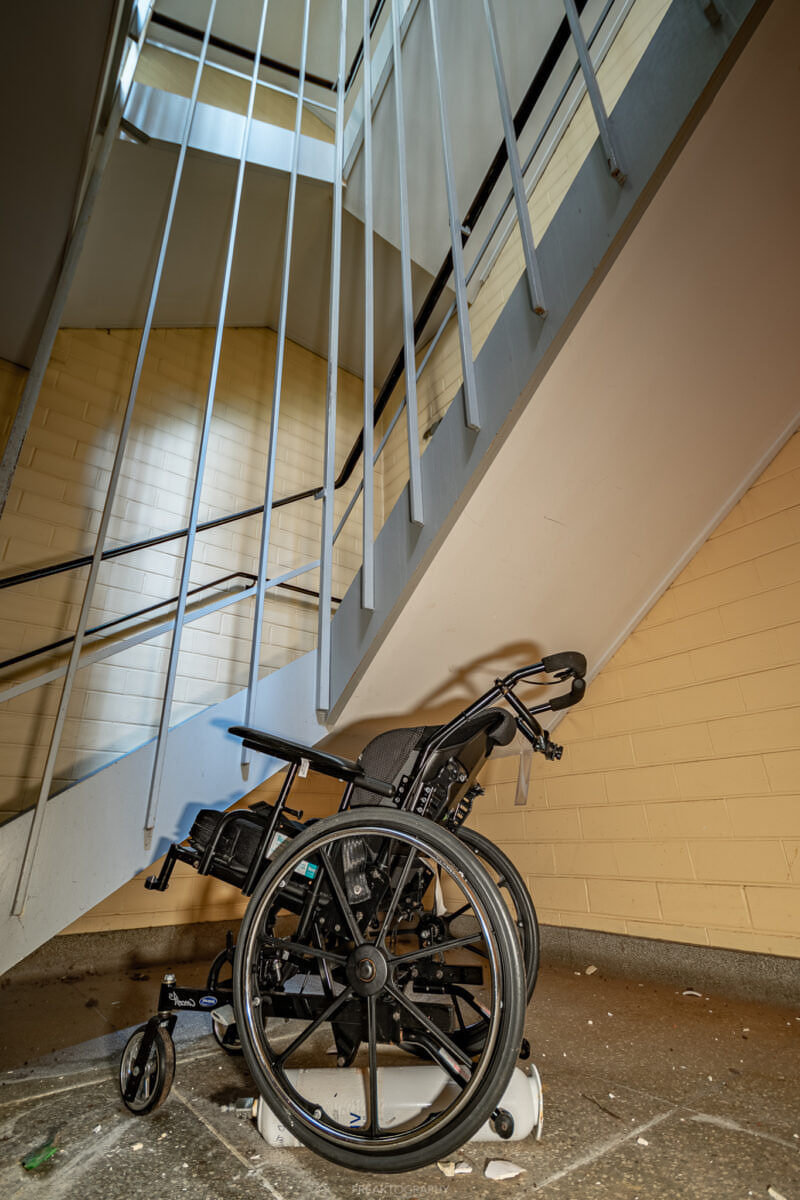
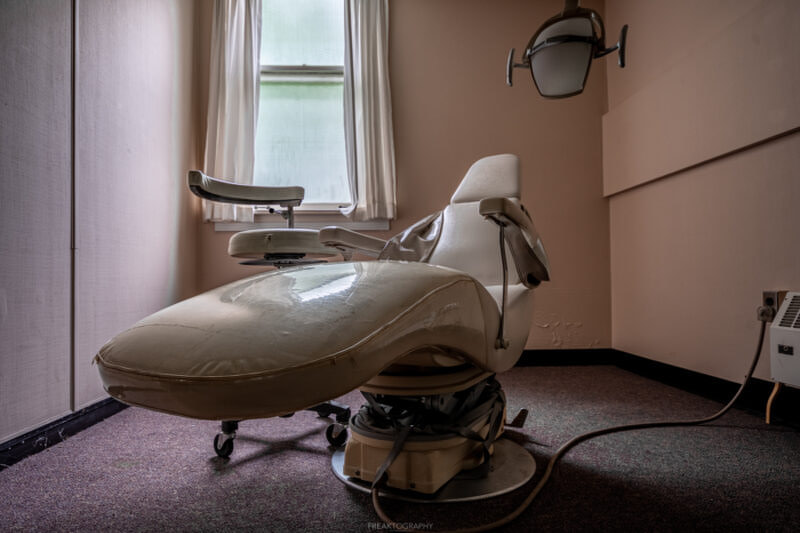
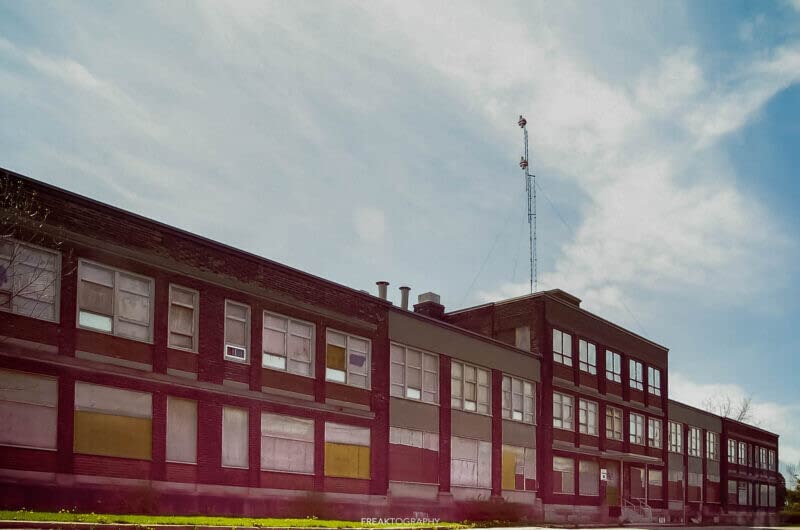
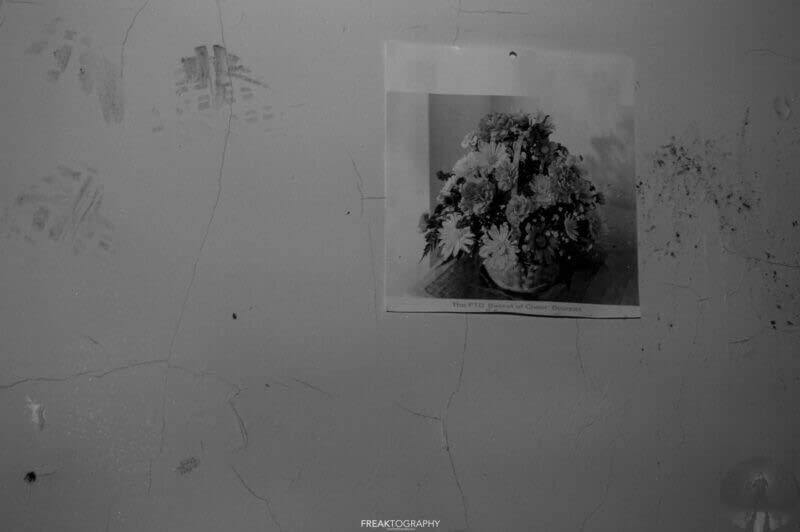
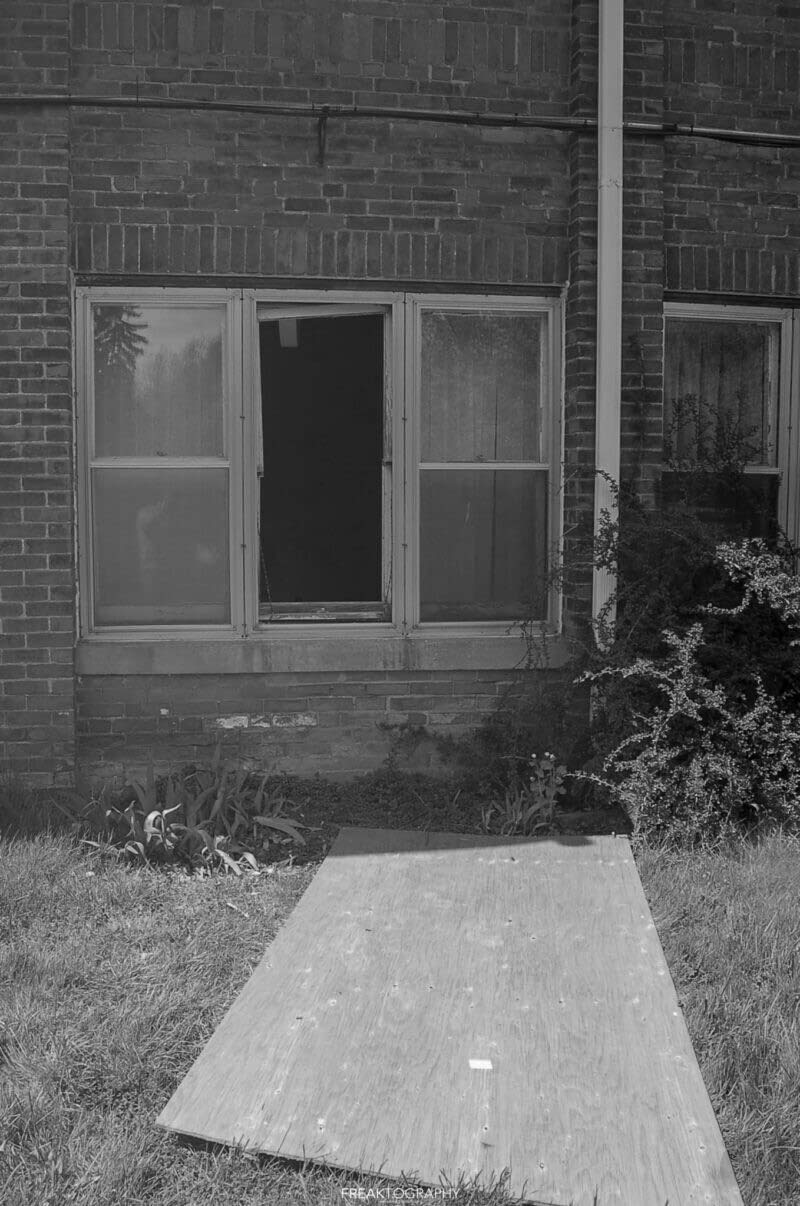

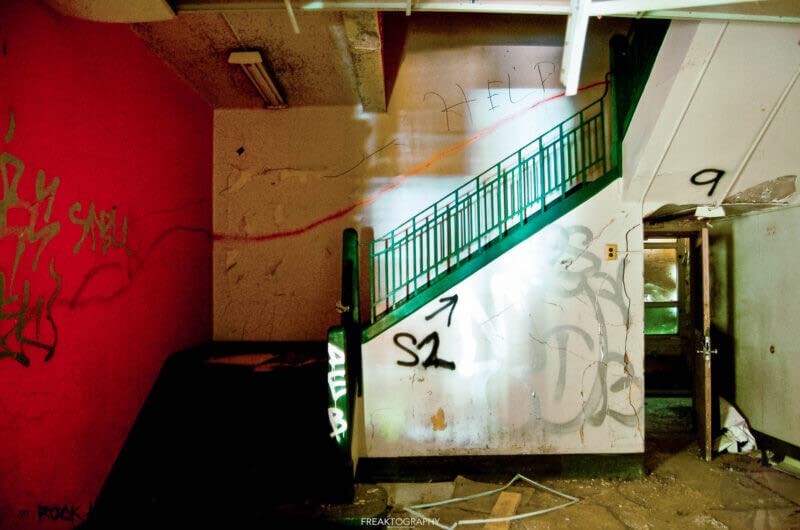

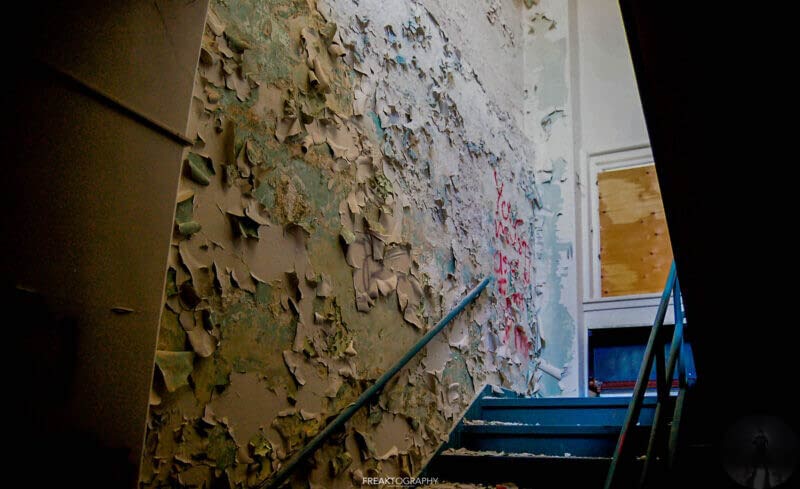
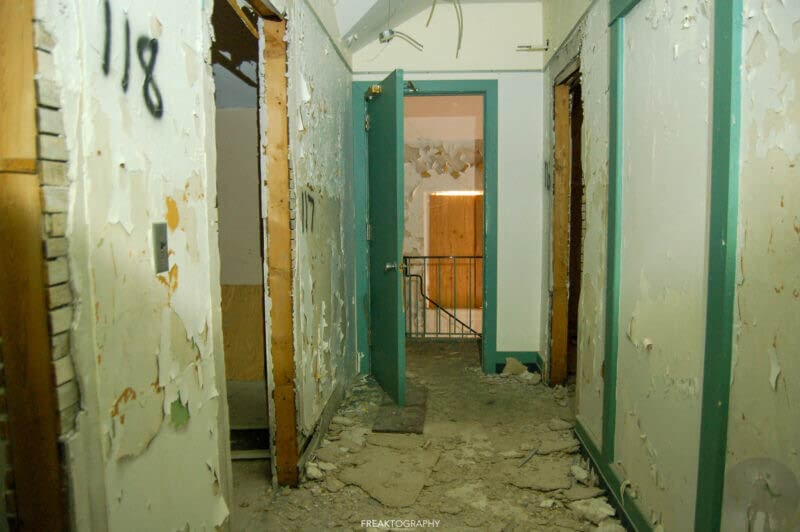

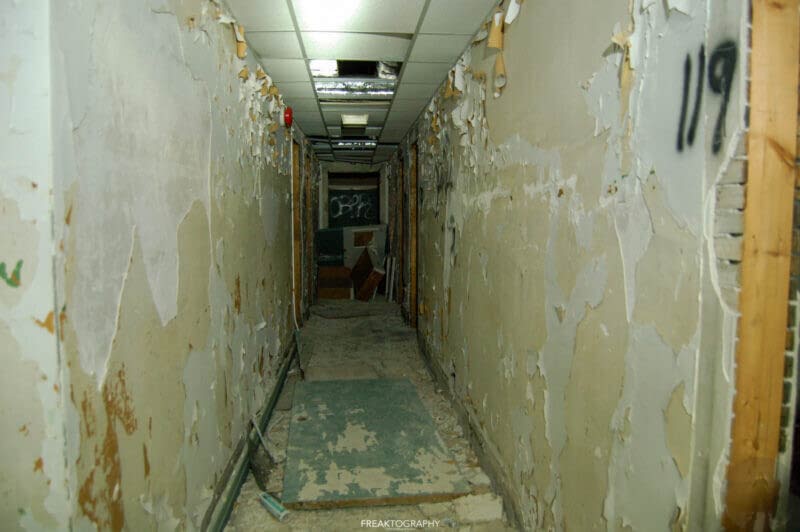
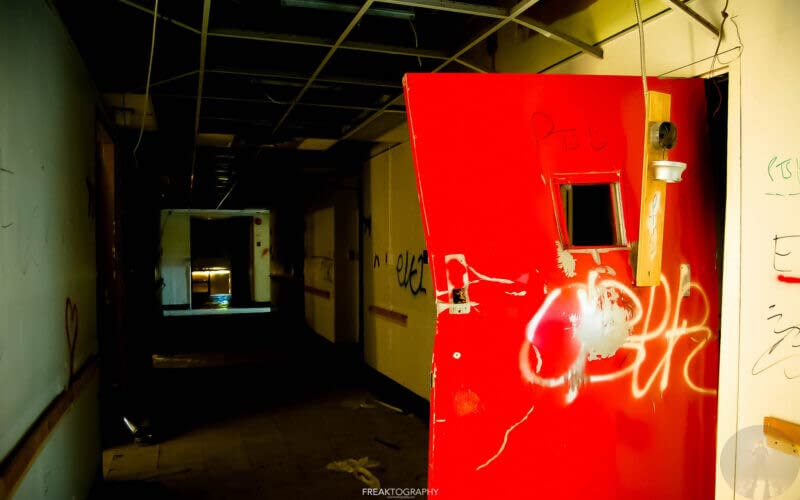
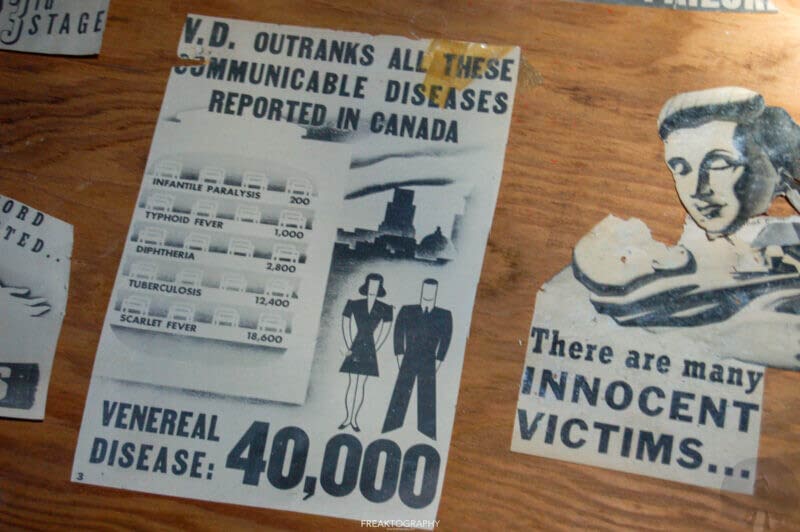
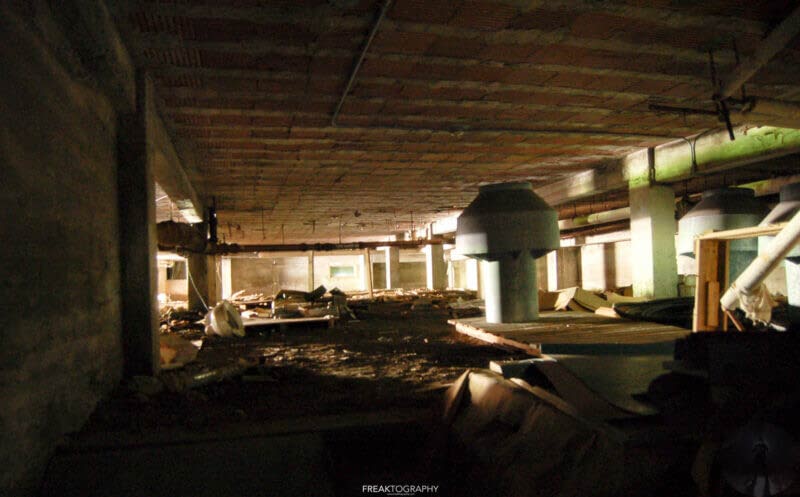

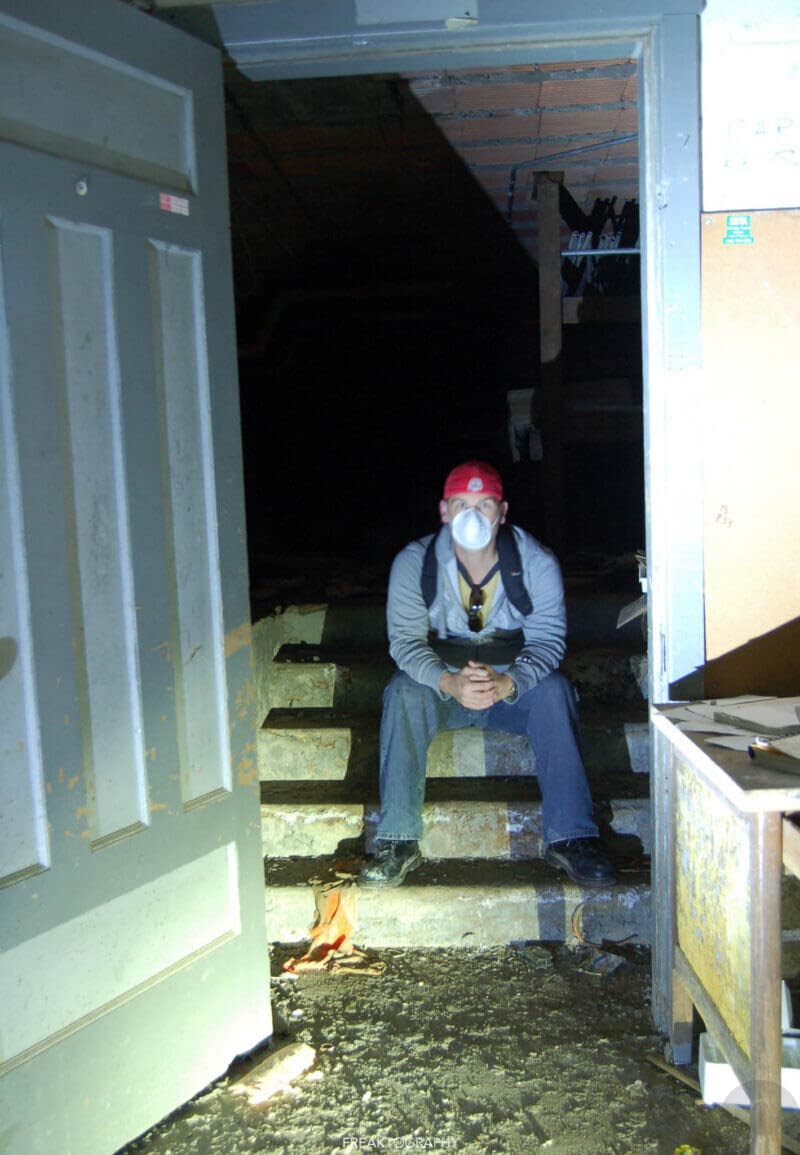
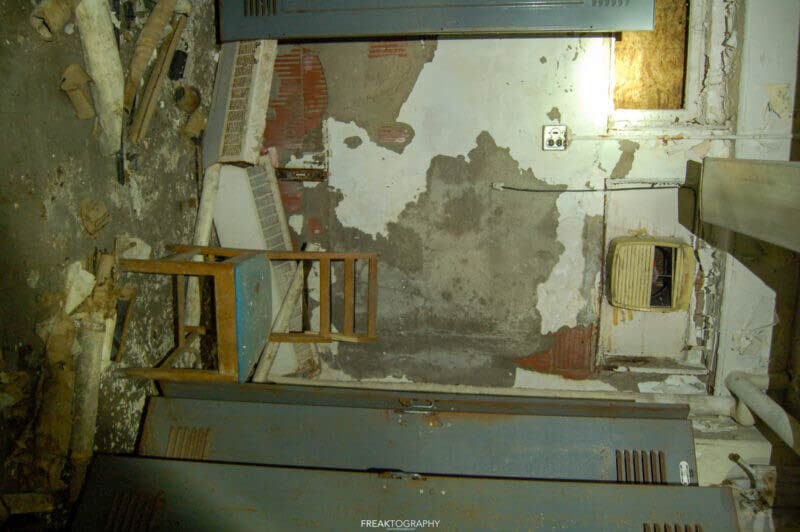
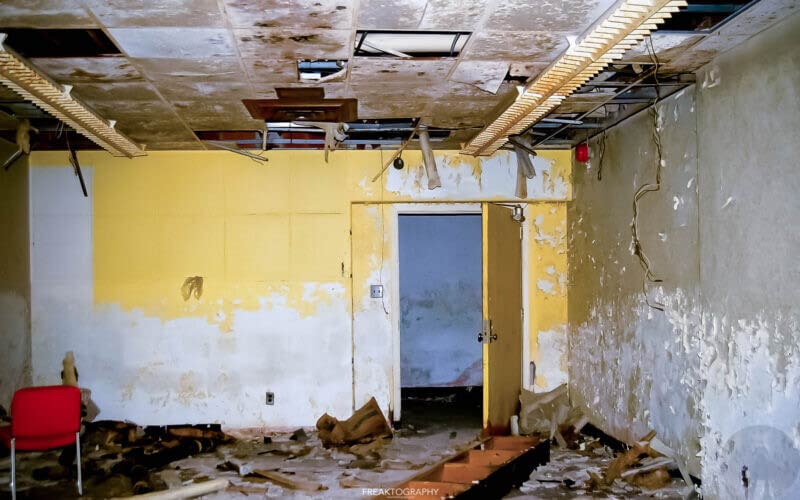
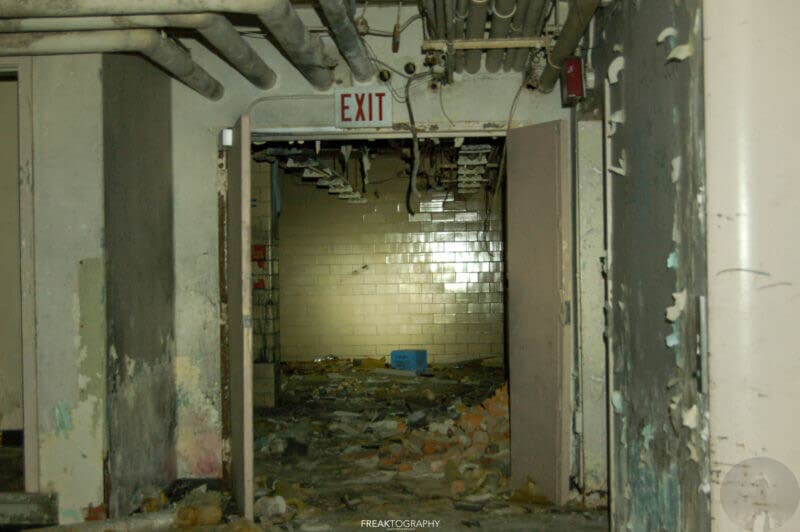
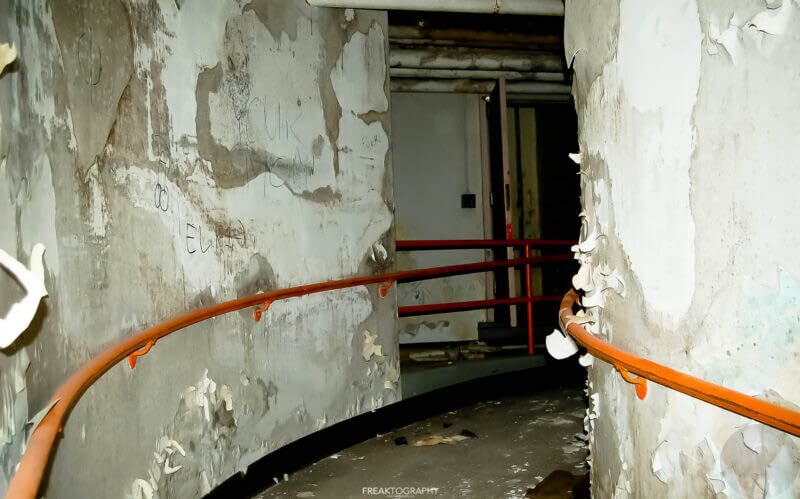

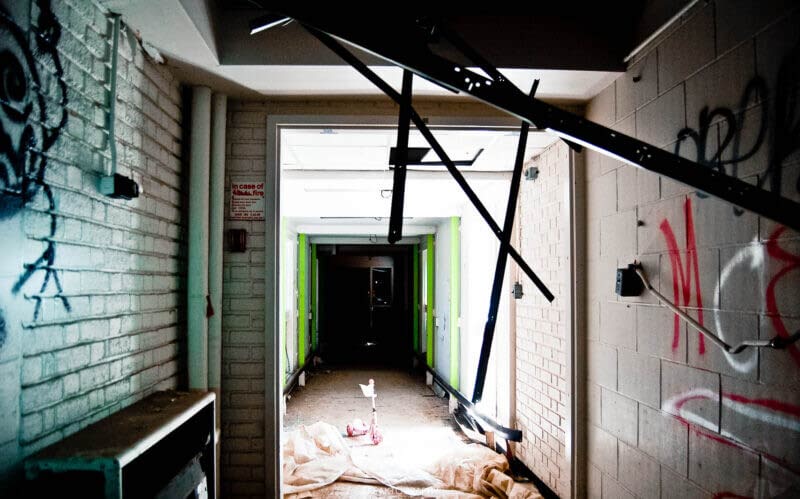
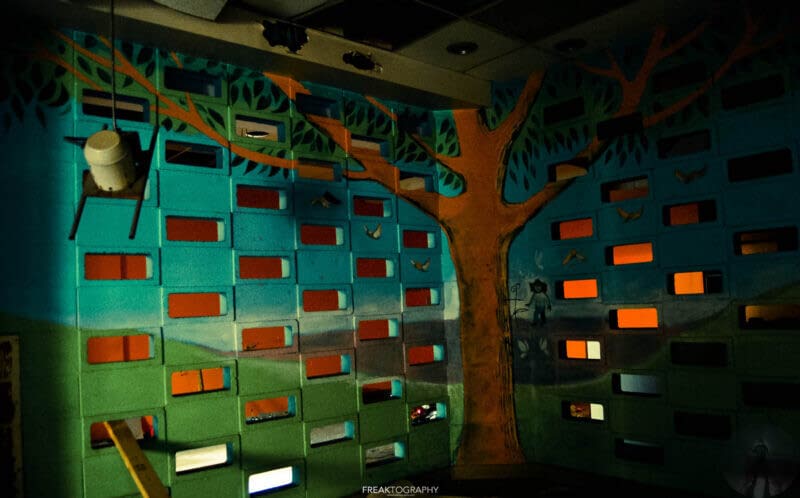
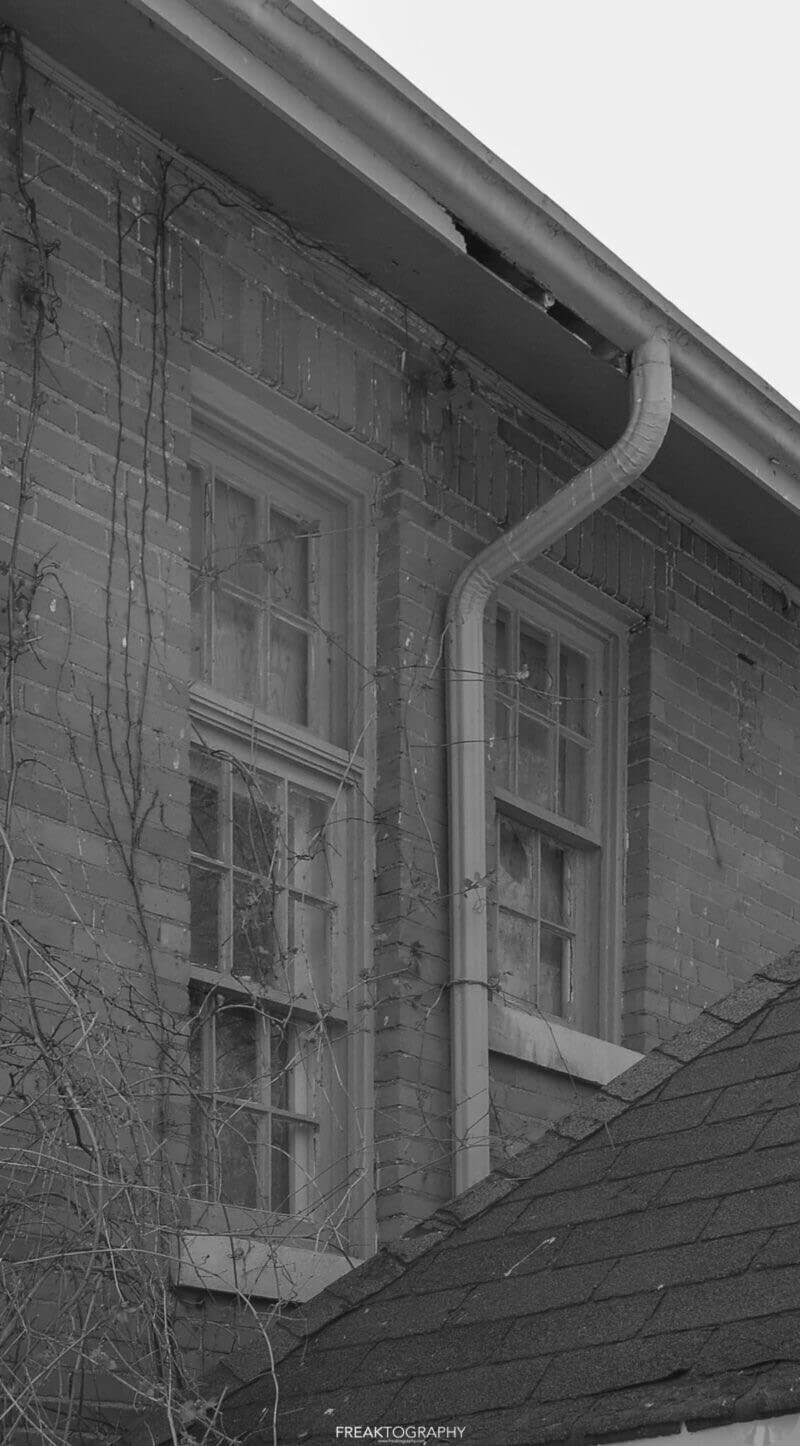
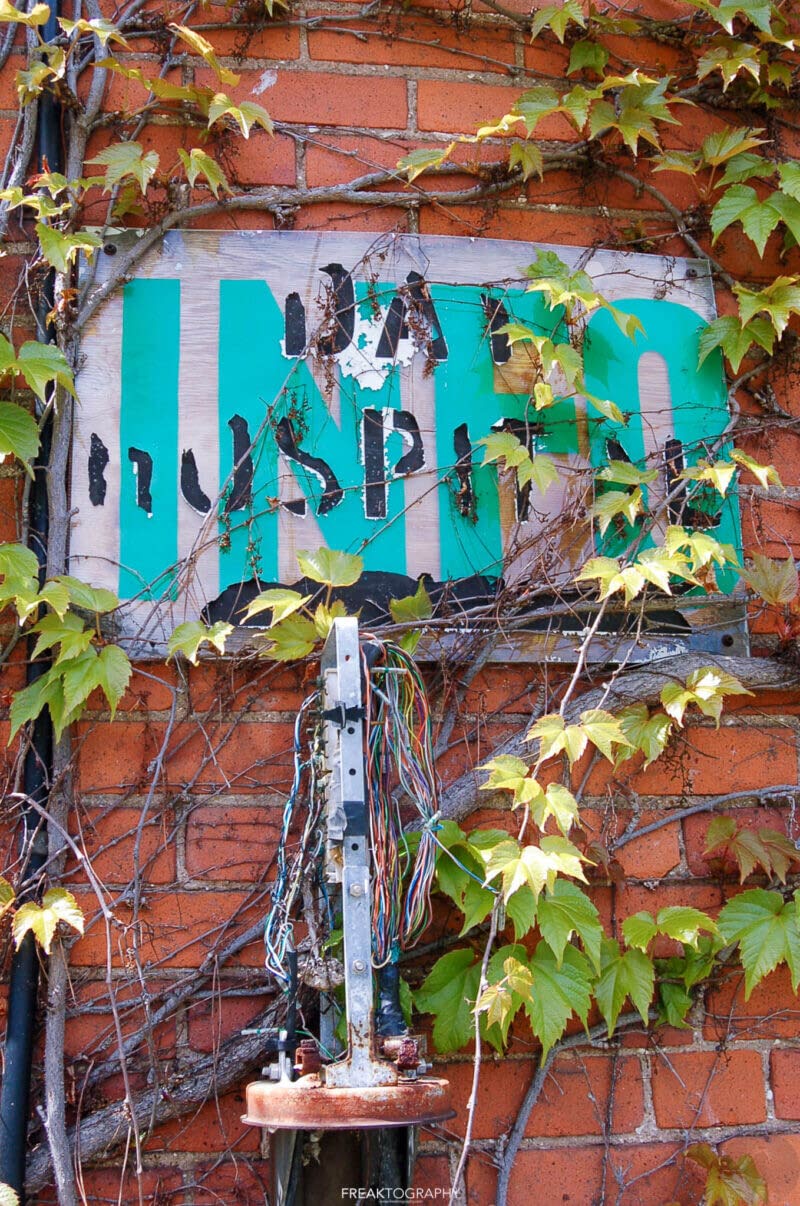
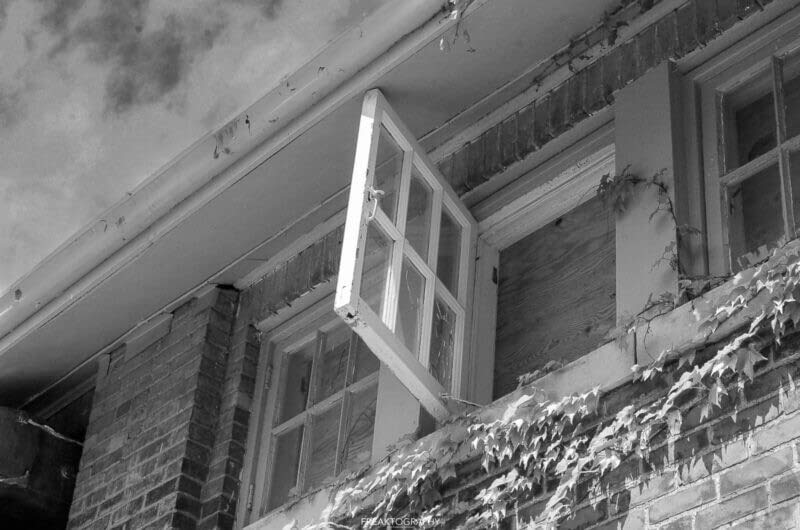
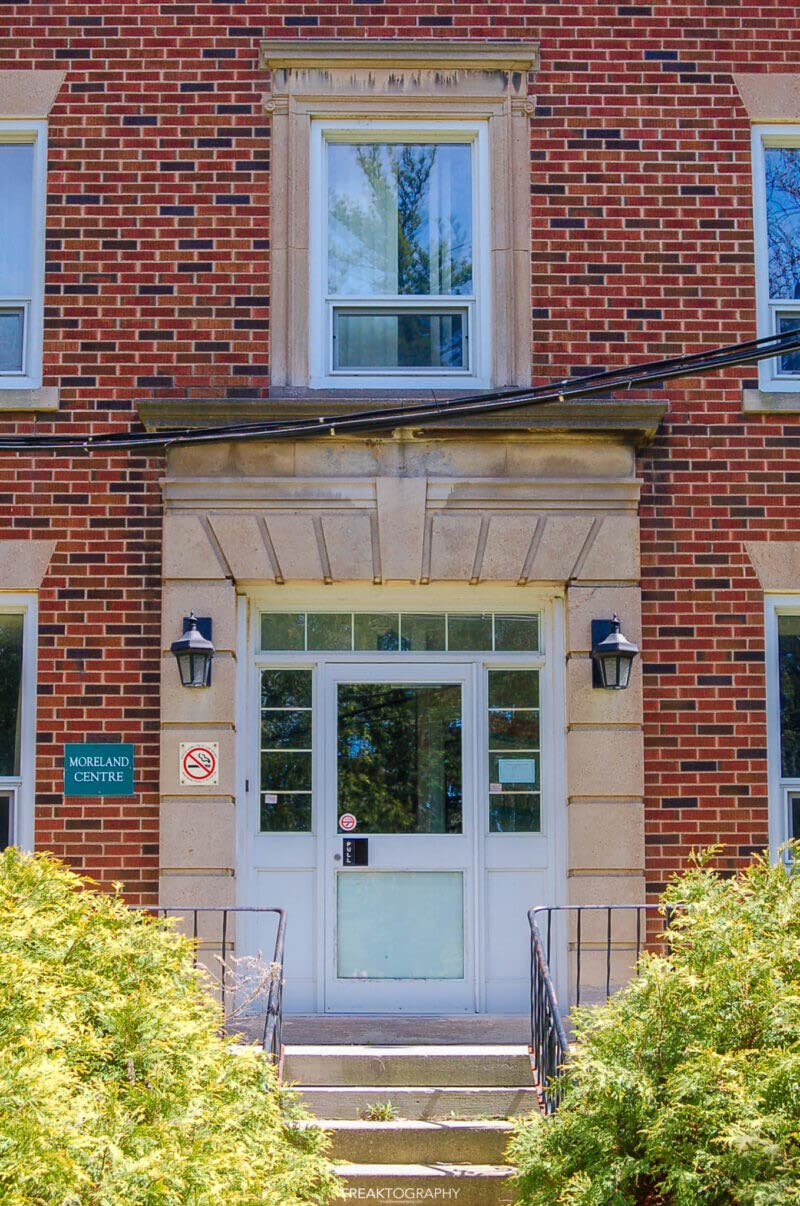
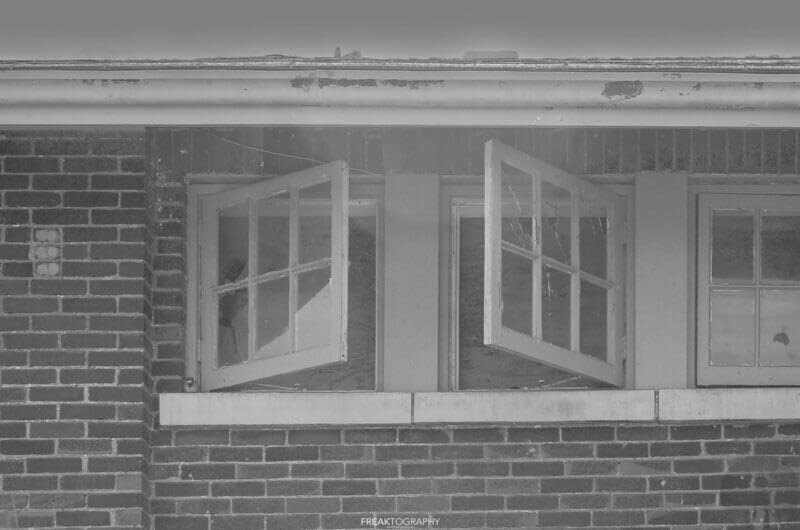
I know exactly who the former staff member you talked to is. I worked with him at Chedoke, we were good friends. It really was family – my mom worked there as a nurse and eventually my sister joined us too. Mom is now long retired. My sister went off to school to become a nurse and came back to work for HHS. and me? Well, I’m still working for the hospital that after school job that started up at Chedoke has lasted over 30 years.
While I’m happy where I am now, the fate of Chedoke still breaks my heart.
Hi . I am just wondering if you or any former employees might remember the small building that held children until they could find a foster home. I was there in 1971 . Thanks
Thank you for such a wonderful post about Chedoke Hospital.
The photographs brought back so many memories.
I noticed you did not write about the Holbrook Rehab Centre. It is a 2 storey building diagonally across from Chedoke Hospital that I spent 6 months in as a Patient in the Pain Control Program in 1983. There was that program & a Program for Alcoholics on one ward. There were Amputees & Paralyzed patients on another ward. And people recovering from Stokes & Heart Attacks on a 3rd ward. The first floor had Doctors, Physio Therapy, Occupational Therapy & a cafe. Downstairs was a Rehab Arts & Crafts place.
I became so attached to the place I started Volunteering while still an In-patient. And I volunteered until I went to College in 1989. I was even Volunteer Co-Ordinator for a year. I took night courses @ Chedoke at a building north of the Hospital on the way to Sanitorium aka Continuing Care.
I met my beloved husband @ the Holbrook & then worked @ Holbrook after my day job to be with him. I spent a total of 7 years @ Holbrook & even worked in the Evel building for a time at their Snack/Gift Shop. I also worked at Continuing Care (where the old Sanitorium was) when my husband was transferred there. WE lasted 6 months & begged to go back to Holbrook. And I even did filing for a Physiotherapist & she taught me how to do Medical Research.
I used those tunnels every day for all those years…I used to love singing while walking thru the tunnel to whatever building I was going to.
This might sound crazy but I found Chedoke a magical place. Not only did the Holbrook Center rehabilitate me; they gave me my Life back & purpose & teaching & Nursing Skills. I am forever grateful to Chedoke Hospital & the Rehab Program.
I hope I did not bore you!
Sincerely Sherri-Ellen Theilheimer (McMenemy)
It continually hurts me that Hamilton either doesn’t have the money or the interest to preserve our old buildings. I really wish they’d forced the developer to keep the main building and convert it, even if they built a tower over it. It’s pure tragedy that I didn’t even learn of the classical and 20th c. historical architecture if the city until I was an adult, because most of it had been torn down before I was even born.
Those buildings and what they were used for, and the people who used them, make up part of the identity of the city and its people. Hamilton isn’t perfect, but there are good things worth preserving and carrying on. I hope the city saves some of them, at least.